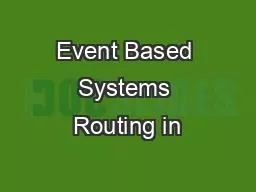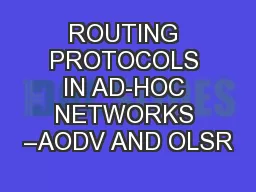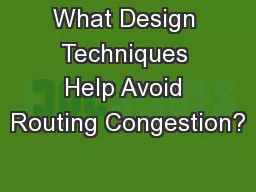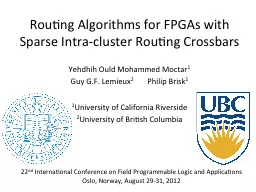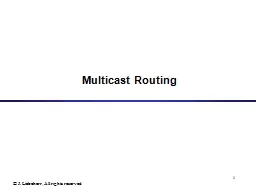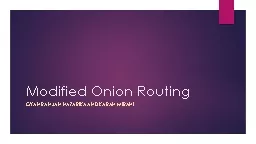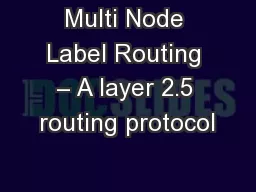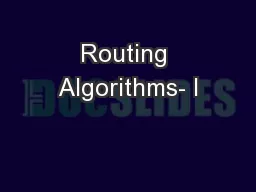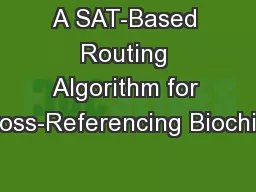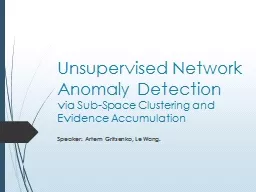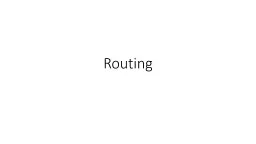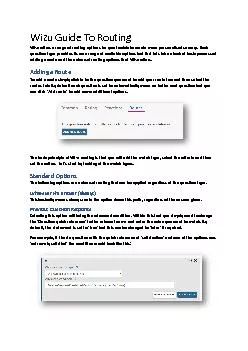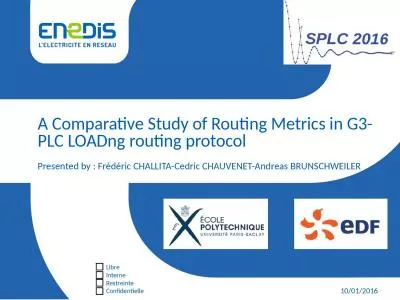PPT-Event Based Systems Routing in
Author : opelogen | Published Date : 2020-07-03
PublishSubscribe II Dr Emanuel Onica Facult y of Computer Science Alexandru Ioan Cuza University of Iaşi Contents Simple Routing Identity Routing Coverage Routing
Presentation Embed Code
Download Presentation
Download Presentation The PPT/PDF document "Event Based Systems Routing in" is the property of its rightful owner. Permission is granted to download and print the materials on this website for personal, non-commercial use only, and to display it on your personal computer provided you do not modify the materials and that you retain all copyright notices contained in the materials. By downloading content from our website, you accept the terms of this agreement.
Event Based Systems Routing in: Transcript
Download Rules Of Document
"Event Based Systems Routing in"The content belongs to its owner. You may download and print it for personal use, without modification, and keep all copyright notices. By downloading, you agree to these terms.
Related Documents

